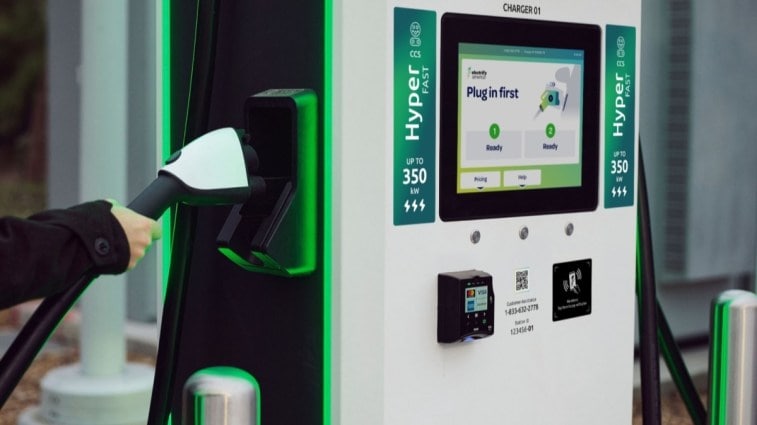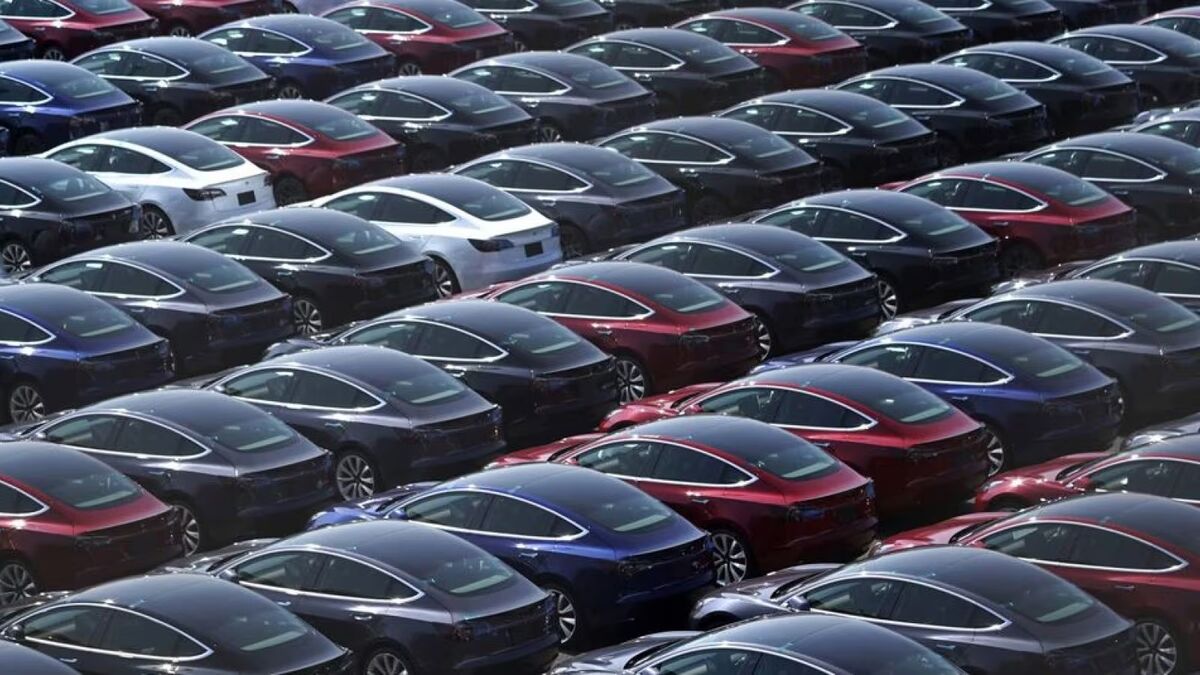
The department’s Alternative Fuels Data Center (AFDC) surveys public charging infrastructure quarterly. In the first quarter of 2023, it says, “DC fast charging accounted for 21.5% of all [EV] public charging ports.”
Related — EV Charging Stations: Everything You Need to Know
The figure grew 7.6% between the last quarter of 2022 and the first quarter of 2023.
Critical for Long-Distance Travel
America’s automakers have launched business plans that will see the majority of them sell mostly electric cars by the middle of the next decade. Several have said they will have all-electric or mostly-electric lineups by 2030.
But analysts and critics worry that America’s electrical infrastructure has a long way to go to make that possible.
The AFDC explains, “The availability of DC fast charging is critical to making long-distance EV travel practical and helps alleviate consumer concern over range and time spent charging when not at home.”
Public Chargers Come in Two Types
Most EV owners do most of their charging at home. Even the shortest-range EVs on the market today, like the Mini Hardtop Electric (114 miles) or the Mazda MX-30 (100 miles), can handle most peoples’ daily commutes and errands. But road trips are another story. Far from home, EV drivers are dependent on public chargers.
Those come in two varieties, AFDC explains. “Level 2 (L2) charging, the most common type of public charging available, refers to charging using a 240-volt circuit like those found in homes for clothes dryers.” They now make up most publicly available charging stations. They charge a battery faster than a standard wall outlet. But they can still take hours to get a battery to 80% of its capacity.
Many manufacturers recommend rarely charging a battery over 80% to help preserve its long-term capacity.
They are appropriate at hotels, shopping centers, restaurants, or other places where Americans might spend long periods of time.
But they’re not as useful along highways. There, you want to find the other variety — DC fast chargers, sometimes called Level 3 chargers. These can charge some EVs to the 80% level in about half an hour (though every car is different, varying in battery capacity and the voltage they can accept from a charger).
Also see: Study: America Needs 1,000+ Fast Charging Stations Along Highways
Government Trying to Boost Numbers
The recent Infrastructure Investment and Jobs Act set aside $5 billion to build a nationwide charging network. With that massive influx of funding, more and more public chargers will go online in the years ahead as EVs become more common on America’s roads.







